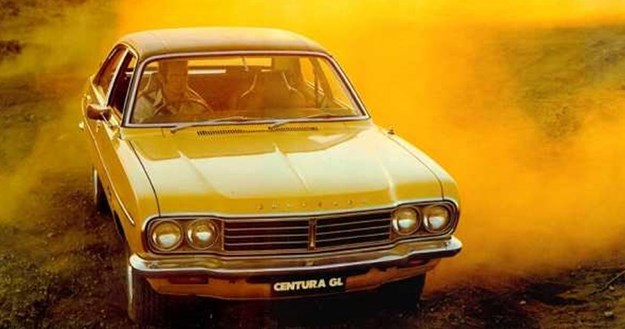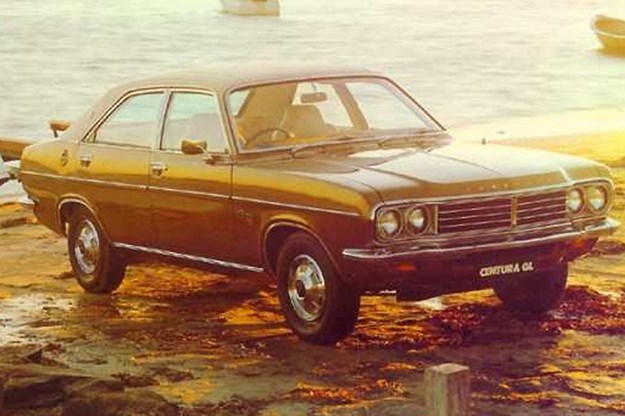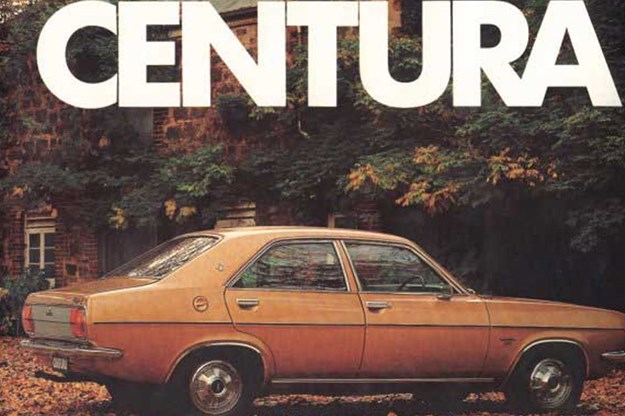1975-78 Chrysler Centura - Buyer's Guide



|
The French sourced Centura was no match or its mid-size rivals
Poor old Chrysler spent its entire Australian existence playing catch-up with Holden and Ford. Even its French-sourced Centura was no match for their mid-sized contenders.
It started life as a challenger to models like the Peugeot 505 and Renault 20 and while the 2.0-litre version did sell briefly in Australia it served principally as the platform for a six-cylinder hybrid that was unique to this country.
Launched at the time buyers were looking for smaller, more economical models, the six-cylinder Centura appeared in 1975 and was in trouble immediately. Initially it came with 3.5 or 4.0-litre engine in XL or GL trim. Two years later when the updated KC model was introduced, the offerings were designated GL or GLX and only the 4.0-litre engine remained available.
Most Centuras were automatic, some came with a three-speed floor-shift manual transmission and a few were built with the Borg-Warner four-speed used in Chargers. Disc front brakes and radial-ply tyres were standard as was a rear brake pressure proportioning valve that minimised lock-up and helped the Centura Six stop several metres sooner than a Torana or six-cylinder Cortina.
Centuras could be specified with a Sports Package that included Charger-spec sports wheels, body stripes, ‘Boca Raton’ cloth seat inserts and a revised dash that accommodated a tachometer.

Fleet buyers were prime targets for the automatic 3.5-litre GL which at $5270 was $35 cheaper than the smaller-engined, Trimatic Torana SL. However, as was the case with its larger cars as well, Chrysler couldn’t overcome Holden’s entrenched brand loyalty.
Jumping up the model range to a GLX cost 20 per cent extra and these cars were sold mainly to private buyers. The front bucket seats reclined and were well-padded, with plenty of travel and decent legroom providing you ignored the complaints from those further rearward.
Cars that combined the 245 engine and three-speed manual transmission would reach 75km/h before first gear ran out of puff, ensuring your Centura would be first away from the lights unless confronted by a V8. Top speed from the automatic was 170km/h and it was said that a 4.0-litre four-speed would manage 184km/h.
The Centura shared its nose-heavy handling issues with the six-cylinder Cortinas and to a lesser extent the LH Torana. Wider wheels, stiffer springs and extreme camber settings all worked to a degree but the Centura did and still does carry the mantle of ‘lead-tipped arrow’.

MARKET REVIEW
The Centura was for so long derided or ignored that by the time anyone decided to preserve one, any really good examples were hard to find.
Some though must have been hidden away by visionary owners and they have been reappearing during the past 10 or so years. How the owners reacted to barely recouping what the cars had cost 40 years ago isn’t known.
A lot of surviving Centuras have gone to younger buyers who seem determined to keep them alive if not especially original. The engines respond well to injections of money and some owners have gone a lot further with interior mods, big wheels and wild paint to create fairly potent street-machines or serious drag cars.
Centuras that have been out of commission for many years will be a challenge to revive. Some may require so much spent on bodywork that they are only viable for people who can do their own welding and panel forming.
Excellent unmodified cars do occasionally appear in the market and sell well if their pricing is right. One seen recently at $17,000 may have taken a while to find a home but $10-12,000 is feasible for an automatic, with genuine four-speeds perhaps $3000 more.

BUYER'S CHECKLIST
Body & Chassis
Parts shortages and lack of interest from local suppliers could have killed off surviving Centuras. However the private market is holding stocks of decent parts including panels and brightwork. A complete body in reportedly rust-free condition seemed expensive at $4000 but sourcing all of the hanging and hinged panels would cost $2000+ before even considering the price of a sound body shell. Reproduction door mirrors produced in Thailand were recently being offered at $60 per pair. When checking a car look at the chassis rails for rust or damage, lower sections of the firewall, plenum ahead of the windscreen, the turret and window surrounds.
Engine & Transmission
Not many problems here with durability or parts supply. Some owners might ‘enhance’ their engines for extra performance but nothing can rob the straight-six ‘hemi’ of its ability to travel big distances before needing major surgery. Top-end rattles are common but a set of solid valve lifters and high-performance valve springs cost less than $500 and are easily installed. Smoke and bearing rumbles indicate an engine past its prime. Most cars use Chrysler’s very durable automatic transmission and a genuine four-speed is a real find. Clutch shudder, especially in the three-speed manual with its high first gear, is a known problem.

Suspension & Brakes
Suspension deficiencies were the Centura’s point of greatest weakness and the place where an owner with the right information can improve upon the factory’s flawed set-up. Unlike the big Valiants with their torsion bars, Centuras have coil springs which in conjunction with quality shock absorbers and bushings can reduce the nose-diving and wallowing that compromised original cars. Going too far destroys ride quality and induces bump-steer. Disc rotors and pads (including upgrade kits), ball joints, uprated springs and shock absorbers are available. Check, especially in a car that wants to lock its front brakes, that the rears aren’t stone cold after a decent test drive.
Interior & Electrics
The trim fitted to these cars combined local and imported components and the durability wasn’t always flash. Seat frames can twist and adjusters jam. Make sure the column stalks aren’t taped up and the heater controls actually allow some heat into the car. Replacement seat-trim materials and carpets are available and the on-line parts market turns up all manner of useful spares including tail-lights and a very decent dash for $100. New starter motors and alternators are available at prices ranging from $300-$900 – depending on how powerful and/or authentic you want your replacement electrics to be.
1975-78 Chrysler Centura specs
NUMBER BUILT: 19,770
BODY: steel, integrated body/chassis, four-door sedan
ENGINE: 3521cc or 4018cc six-cylinder engine with overhead valves and single downdraft carburettor
POWER & TORQUE: 103kW @ 4400rpm, 273Nm @ 1200rpm
PERFORMANCE: 0-100km/h 9.4 seconds, 0-400 metres 16.7 seconds (4.0 auto)
TRANSMISSION: three or four-speed manual,
three-speed automatic
SUSPENSION: independent with coil springs, telescopic shock absorbers and anti-roll bar (f) live axle with coil springs and telescopic shock absorbers(r)
BRAKES: disc (f) drum (r) power assisted
TYRES: 175SR-14 radial
Unique Cars magazine Value Guides
Sell your car for free right here
Get your monthly fix of news, reviews and stories on the greatest cars and minds in the automotive world.
Subscribe

.jpg)







.jpg)





